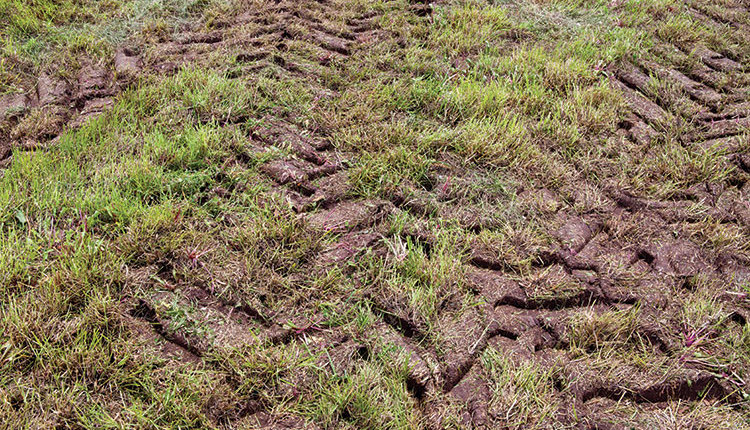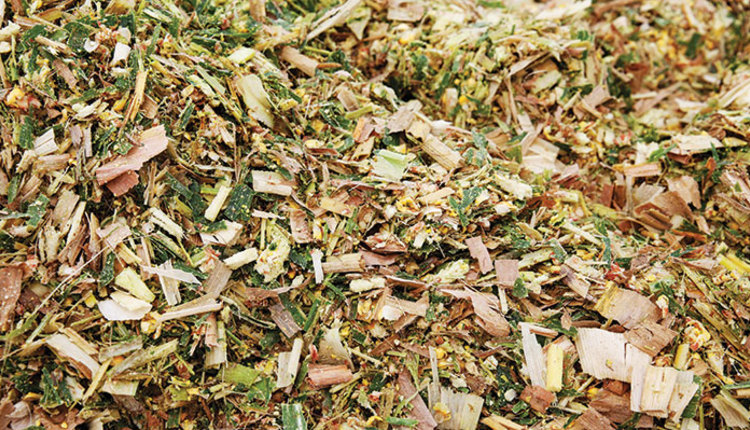Wiersma is the alfalfa business manager with DuPont Pioneer. Thomas is retired from the William H. Miner Agricultural Research Institute and president of Oak Point Agronomics Ltd.

Cows being fed corn silage often tell two different tales when changing from old to new crop silage. In some years, the story is positive with a resulting uptick in animal health and performance.
At other times, the story is one of lost milk production, or the need for higher supplemental grain or protein in the diet. When this happens, a dairyman or their nutritionist often attributes the change to the choice of a corn silage hybrid (or plant genetics).
When you select a corn hybrid for use as corn silage, you expect production of forage that has high tonnage, high starch content, and high digestibility. Nutritionists look for high fiber digestibility due to its impact on animal performance.
It takes time
Evaluating the success of your corn silage seed choice is not a quick or simple process. With corn grown for grain, the final outcome of hybrid choice is easily determined at harvest as growers watch the combine yield monitor. With corn grown for silage, outcomes of hybrid selection are partially determined at harvest, but ultimately its value is measured when you feed it to your cows and monitor their performance.
Getting the best corn silage in front of your cows is the end of a long cycle during which many variables can impact how your cows perform. When cows don’t respond well to new corn silage, it is not valid to point to hybrid genetics as the primary cause of nutritional differences.
Corn silage’s nutritional value is the result of multiple factors like crop inputs, weather, harvest, ensiling, and feedout. Some of these are under your control while others, like weather, are not. And, as if these cropping variables are not enough, animal genetics, stage of lactation, and cow health can also influence milk production.
Hybrids differ in quality
At the end of the day, understanding the value of a corn silage hybrid choice is difficult. Does it really matter what hybrid I plant? How do seed companies determine if a hybrid is good for silage? Most importantly, how can you plan ahead for nutritional differences of this year’s corn silage?
It is well known that genetic differences can heavily impact corn silage tonnage. In addition, forage quality differences like starch content and fiber digestibility exist among corn silage hybrids.
Due to the tremendous influence of growing environment on nutritional quality, hybrid differences will only be found when tested side by side in multiple environments, across several years, and uniformly sampled and analyzed for nutrients and fiber. The leading seed companies offering corn silage hybrids invest heavily to determine yield and nutritional differences and to rank hybrids properly for silage suitability.
Today, the single largest digestibility difference among corn silage hybrids depends on the choice between a brown midrib (BMR) hybrid and a traditional corn hybrid. University and seed company plots show minimal neutral detergent fiber digestibility (NDFD) differences of 3 percent to 4 percent among traditional hybrids, but frequently measure 5 to 10 percentage points higher NDFD in BMR hybrids.
Weather plays a role
Even the best corn silage hybrids perform differently from year to year and among locations in the same year. Predicting the nutritional quality of corn silage is very difficult prior to feedout, but some weather-related factors are known and can help you plan for what forage quality level to expect.
Studies suggest cool, dry years are best for corn silage quality. In fact, slight moisture stress might actually stimulate grain production and forage digestibility. Accumulated growing degree days after silking is the most important factor impacting corn silage nutritional value because it influences grain (starch) yields.
The specific timing of environmental stress during the development phase of the corn plant is important. In general, dry conditions during stalk development enhance fiber digestibility while wet conditions that improve whole-plant yield tend to reduce fiber digestibility.
Growing conditions prior to silking affect corn plant height (and yield) and fiber digestibility; growing conditions after silking appear to exert a stronger effect on corn grain yield and total dry matter digestibility. Knowing this simple difference can help set your expectations for this year’s corn silage digestibility and for how your cows might respond to it.











